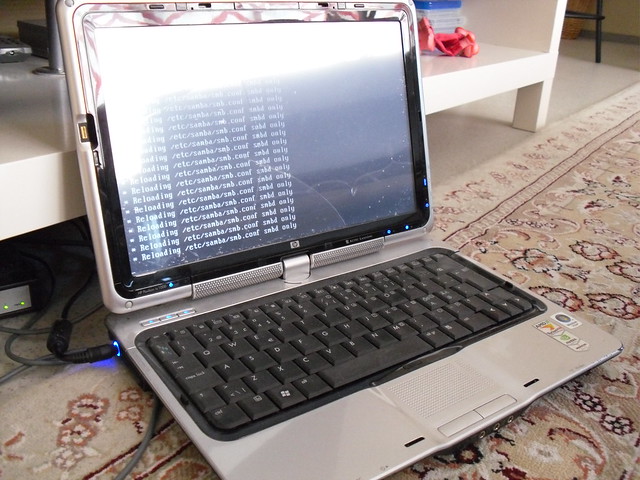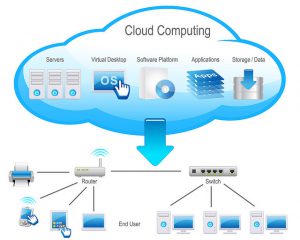Expanding markets for desktop and mobile software, coupled with the increasing reliance on applications of all kinds as the driving force for business productivity, efficiency, and innovation are combining to increase the pressure on developers to produce the goods needed to cope with this demand. Teams are being called upon to deliver top-quality web and mobile applications in a fraction of the time they previously required, and for distribution to a growing number of operating platforms and device types.
Agile methods of software delivery and the blurring of traditional divisions between “camps” in the IT environment (Development and Operations, to name but two) are fueling the need for a comprehensive set of tools and techniques dedicated specifically to the new fast-track modes of authoring and production. In this article, we’ll be looking at some of the essential components of the DevOps toolkit of today.
Automated Testing For Quality Control
The Quality Assurance or QA tools associated with traditional methods of software production are too time-consuming for an environment in which new iterations of a program may be rolled out in the space of several hours. Cloud-based testing platforms with automated mechanisms are a way around this limitation, and can provide continuous test cycles to boost development productivity at reduced costs for infrastructure.
Data Analytics Platforms

Likewise, cloud-based infrastructures for big data analytics are reducing the burden on overworked developers who previously had to cope not only with handling huge streams of information coming in from all levels of a project, but interpreting and making sense of them as well.
Cloud-hosted machine learning algorithms for data analytics can allow secure access to production data in real time, empowering developers to detect anomalies and recognize patterns across multiple data streams.
Binary Artifact Management
A typical development project will generate large volumes of binary artifacts, which may be inter-dependent with other project elements and spread over diverse positions in the workflow. Keeping track of all of them is a chore – so it’s crucial to have a centralized and universal binary artifact manager which can work across all the platforms being used.
Application Release Automation
Projects often involve a mix of inputs and technologies (from legacy systems, open source code, etc.), requiring some degree of oversight to provide visibility into the various components across the board. To ensure that these diverse elements blend and work in harmony, it’s advisable to have a good application release automation or ARA system in place.
Continuous Integration/Continuous Delivery (CI/CD)
Each time there’s a new input of code, there exists the possibility that faults may be introduced. In the past, checking for this would have to be done manually. But with the introduction of continuous integration (CI) tools, automated testing could be conducted on the source repository whenever new code was added to it. Once it’s passed through automatic testing, the revised code can then be pushed into the deployment stream via continuous delivery or CD tools.
CI/CD in combination provide for a more holistic approach involving testing, architecture, fault tolerance, coupling, packaging, and other factors.
Containers
Software-defined virtual storage technologies are the driving force behind containers, which provide a layer of abstraction ensuring that any runtime environment exposed to a given application remains the same across all platforms on which the container is hosted.
Log Management & Analytics

As with binary artifacts and project-related data streams in general, incident, testing, and event logs tend to pile up and threaten to overwhelm the human developer. Interpretation and management of these logs is crucial to the monitoring of production systems, troubleshooting activities, application usage analytics, real-time alerts, and a host of other things.
Having a centralized and configurable log management solution enables Development and Operations teams to easily gain access to log data from huge numbers of instances, all from the one portal.
Cloud Service Orchestration
 With server monitoring, automated testing platforms, log management systems, containers, and possibly other project components remote and hosted in the cloud, it’s essential to be able to co-ordinate and integrate all of these disparate elements and accounts. Beyond configuring, monitoring, and managing these resources, it’s also crucial to ensure that the various services can be provisioned with the resources and assets they need quickly enough to meet the often frenetic pace of a development project.
With server monitoring, automated testing platforms, log management systems, containers, and possibly other project components remote and hosted in the cloud, it’s essential to be able to co-ordinate and integrate all of these disparate elements and accounts. Beyond configuring, monitoring, and managing these resources, it’s also crucial to ensure that the various services can be provisioned with the resources and assets they need quickly enough to meet the often frenetic pace of a development project.
Incident Alert Management
In a similar manner, it’s necessary to have a centralized system for managing the deluge of alerts that may be coming in from a range of disparate sources – especially as in a typical project there may be several separate tools in use at a given time.
A well-configured incident alert management system will help in sifting through the barrage and associating each alert with its relevant source. The system should also be integrated with messaging and communication tools so that development team members responsible for dealing with particular issues may be kept informed as to what’s going on, and what they have to do.
Rollback Capabilities
When it all goes horribly wrong (which happens more often than many developers might admit), it’s essential to be able to revert back to a condition where things were running more smoothly. Rollback and version control capabilities ensure that as code moves through various environments and faults are spotted, they can be quickly remedied, and applications rolled back to a previous iteration as required.
A good rollback system will incorporate time-stamps and a full audit trail detailing which team member did what, when, and where.
